Black Walnut
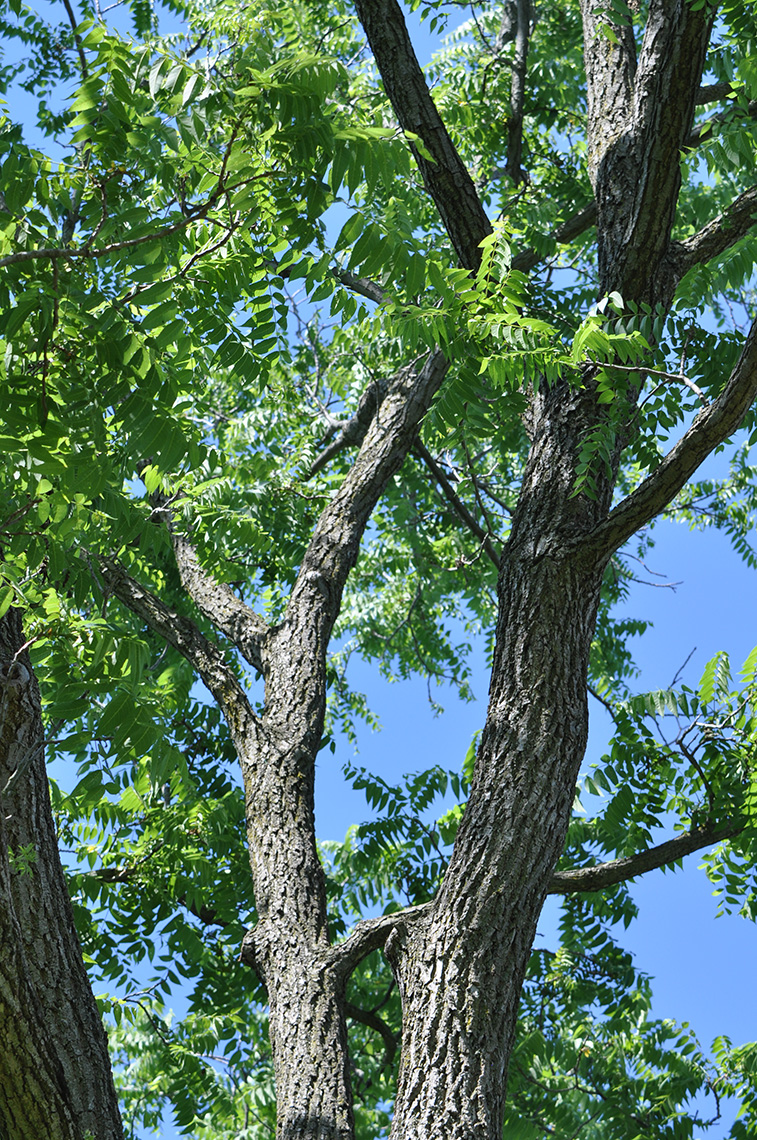
Other Names: Eastern Black Walnut
Other Botanical Names: null
Family: Juglandaceae Native to: Eastern North America
Hardy to zone: 3
Eco benefits: valuable wood
Natural habitat: swamps & bogs, waters edge, inner forests
Height: 75ft
width: 50ft
Growth rate: medium
Lifespan: 200-250 years
Common uses: reforestation
Light: full sun
Transplanting: difficult
Soil: tolerates heavy clay, ph adaptable
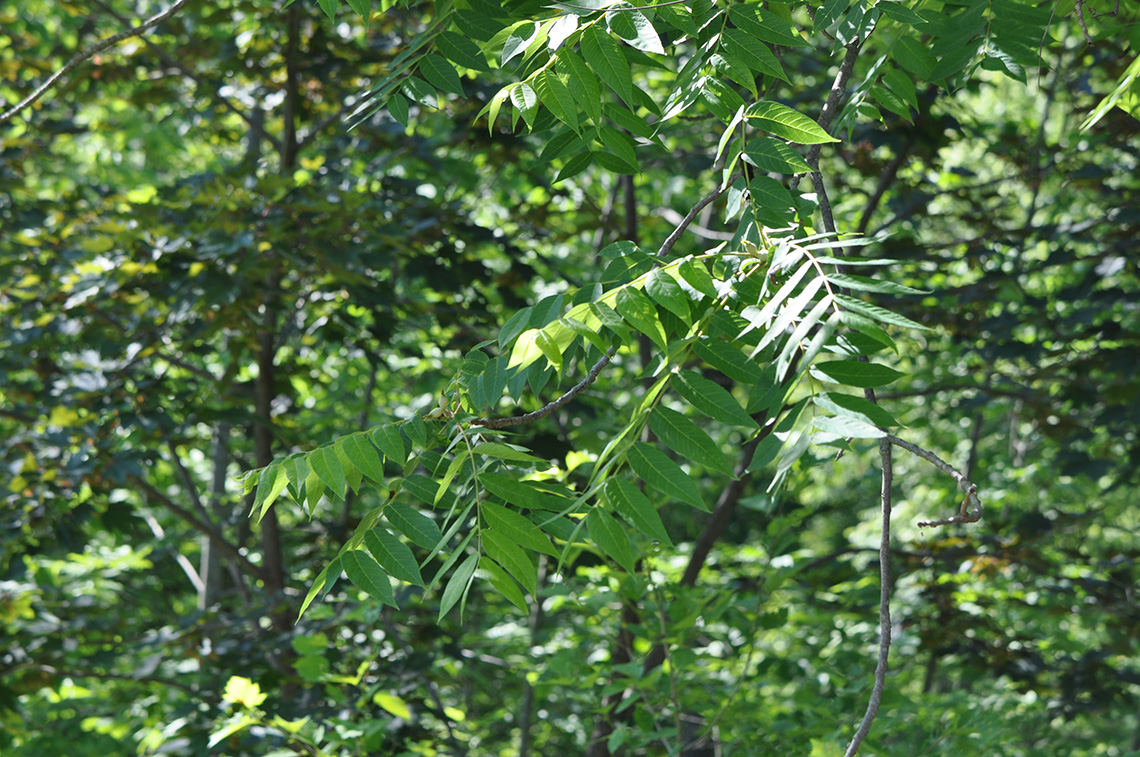
Native to Niagara and eastern United States. The Black Walnut is known for its valuable wood, distinct fruit and tasty, edible nuts. Occasionally planted in urban areas, but more often found in the wild due to the large tap root when cultivating. The trunk is single, with loose-open branching and long compound leaves. Roots let out a chemical called Juglone to deter certain plants, such as those of the nightshade family, form growing near the tree.
Leaves
Long, compound leaves with 13 - 23 leaflets. Fall colour is not highly regarded, usually yellow, brown, or green. Leaf arrangement is alternate.
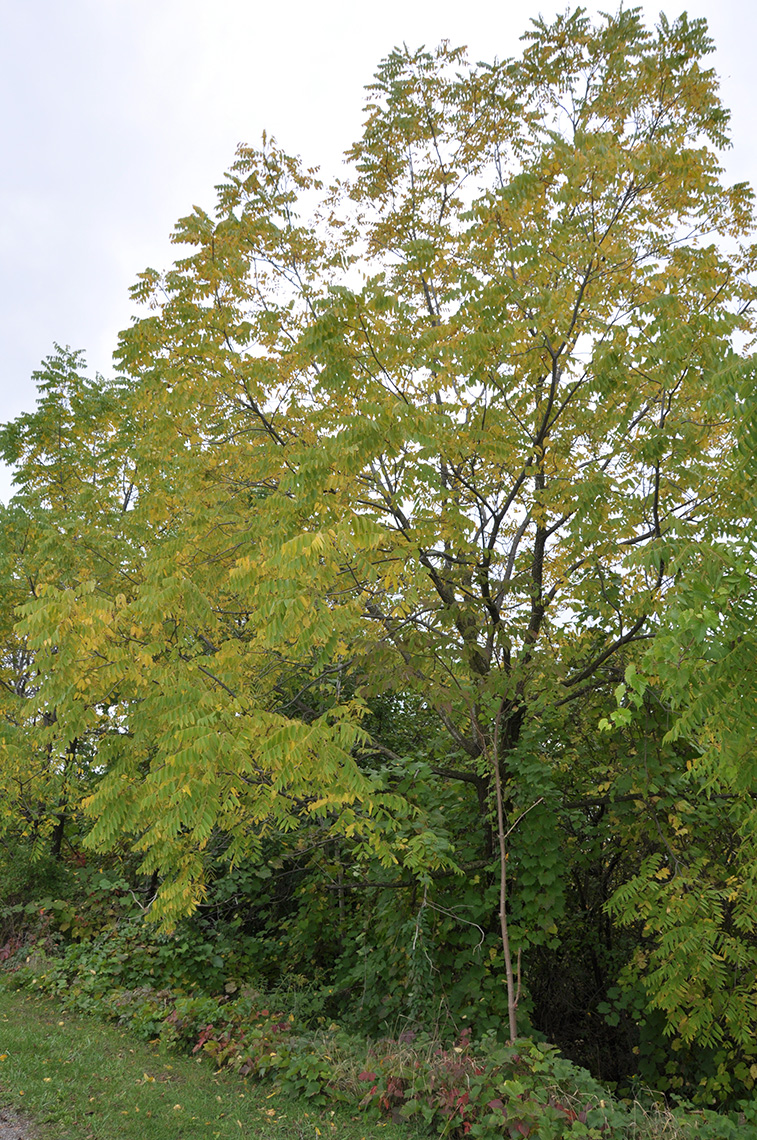
Nuts
Edible, roast-able and tasty. Most black walnut trees are planted by squirrels that spread and store the nuts in the ground.
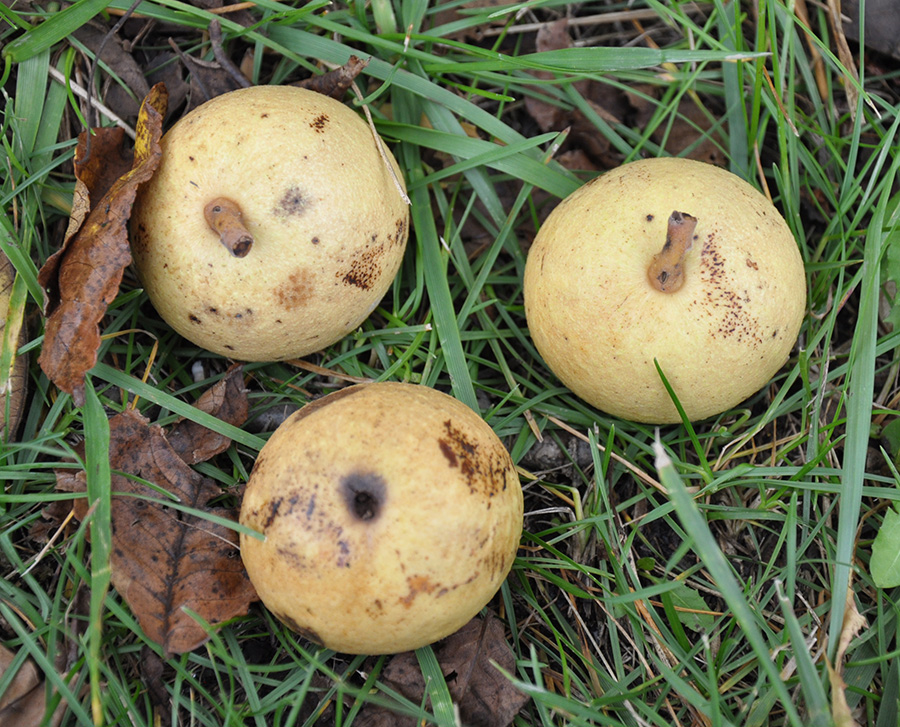
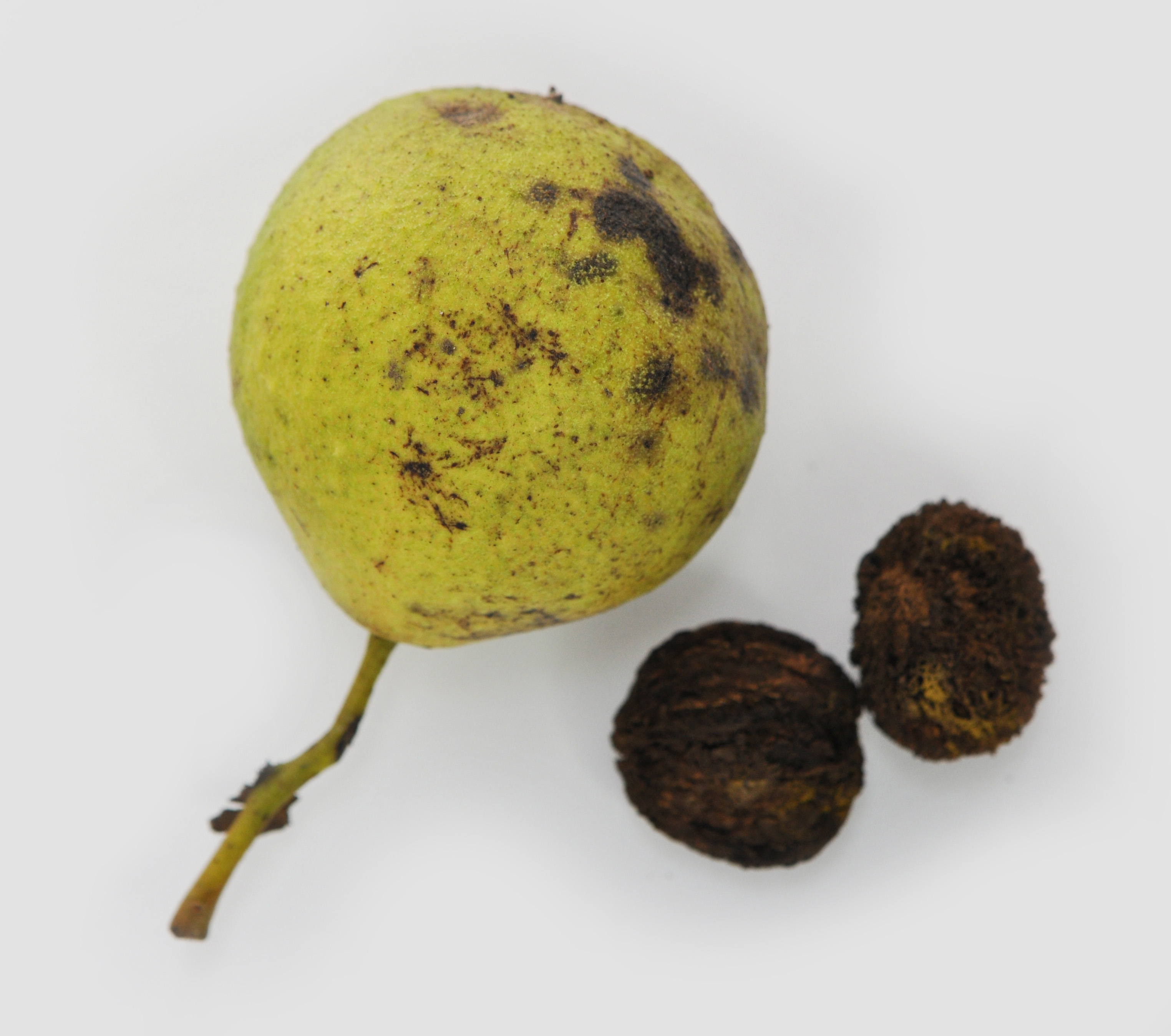
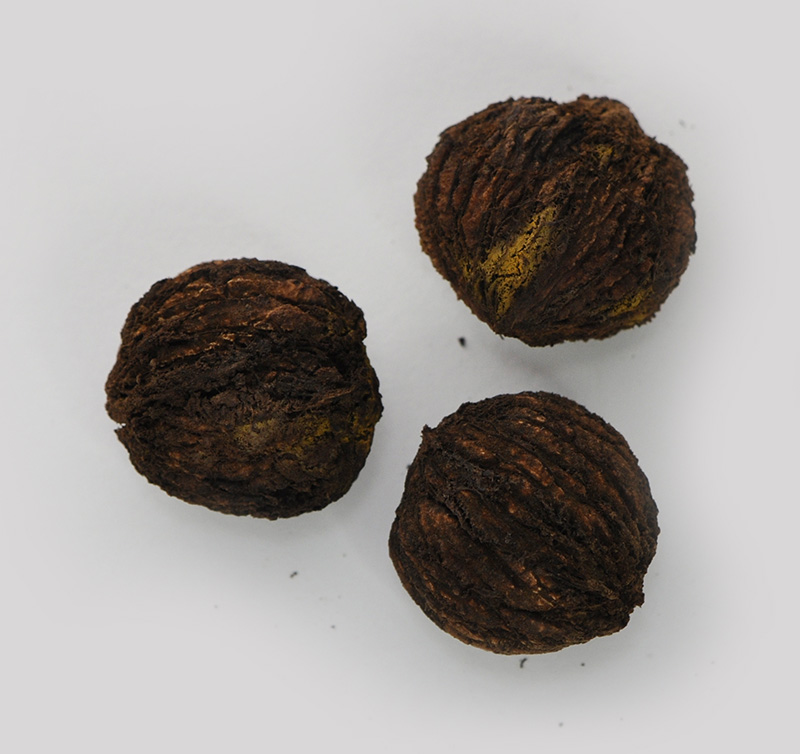
Twigs & Buds
Unique, hardy bud and leaf scar shape. Twigs are thick and have a chambered pith, which can be seen in cross-section taken length-wise. Distinct ridged and furrowed bark runs along the length of the trunk and continues all the way to the top of the tree.
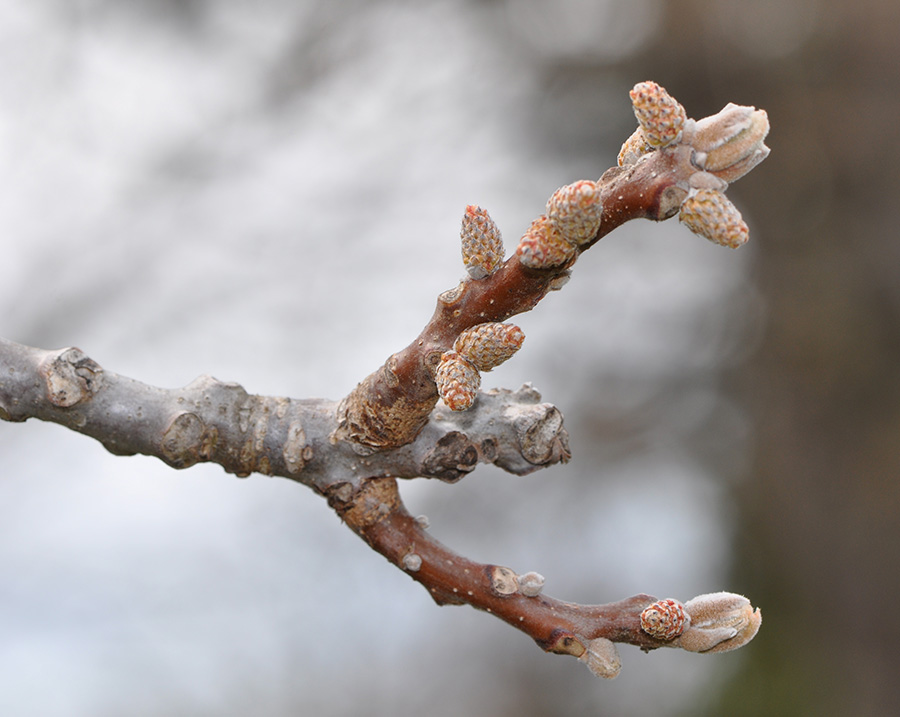
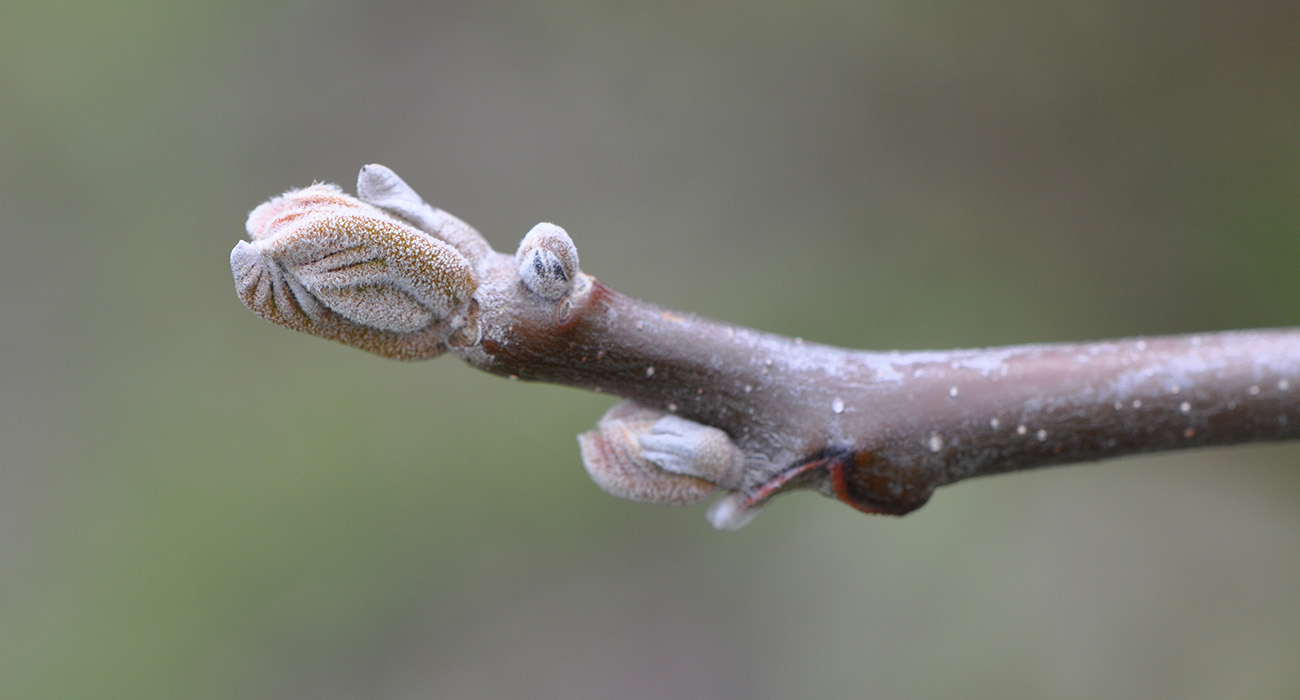
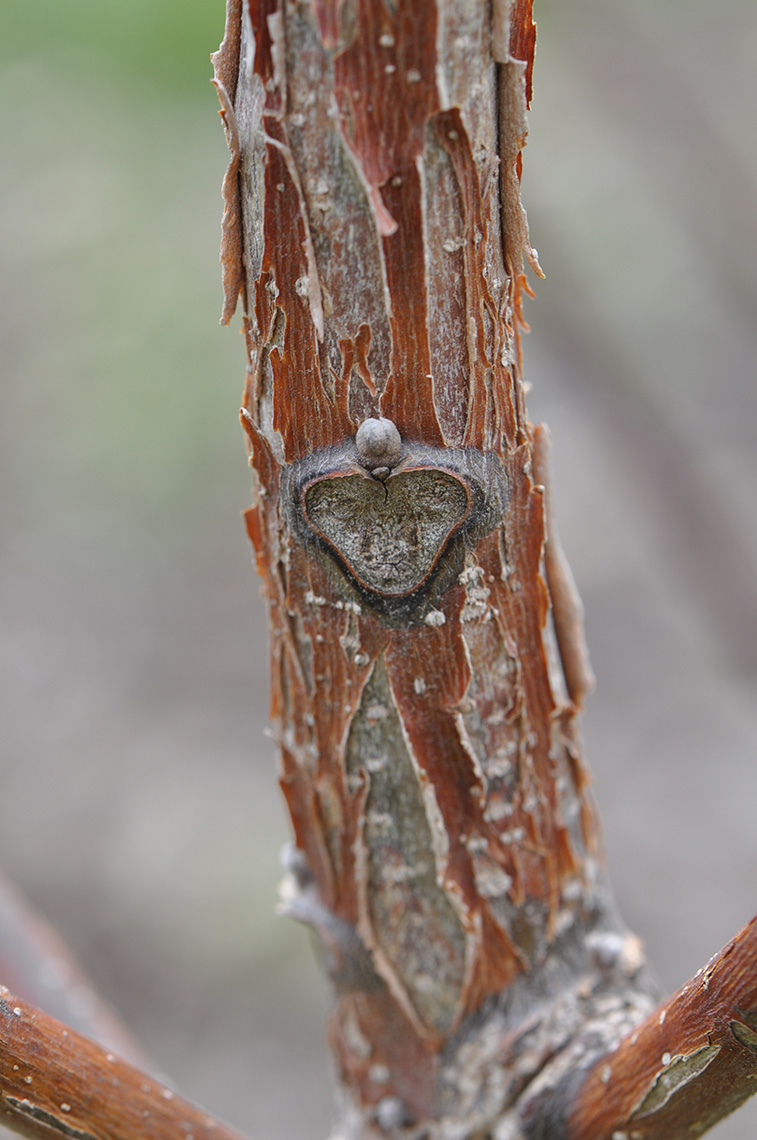
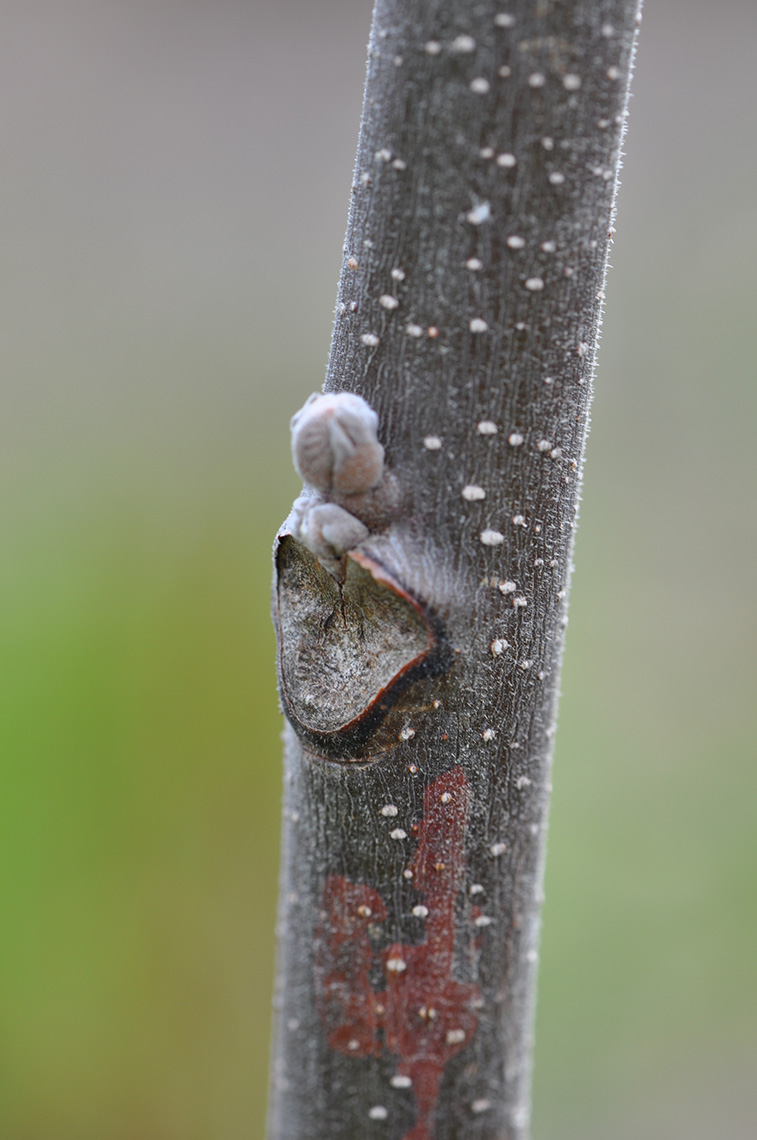
Wood
Hard, heavy, strong and rot resistant wood. Highly valued for furniture, flooring, veneer and coffins.
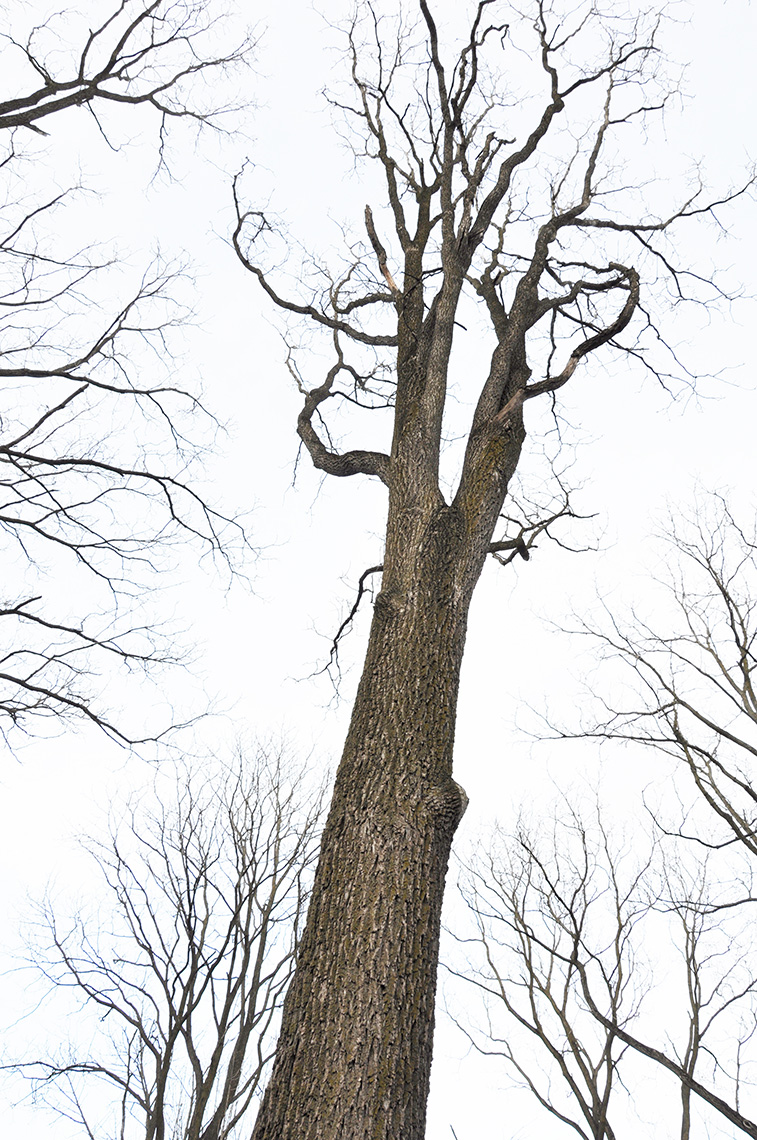
Pests & Disease
Caterpillars (Fall Webworm) feed on the leaves. Signs of an infestation include large webs on branches that resemble, spider webs. Usually not critical to the health of the tree.


